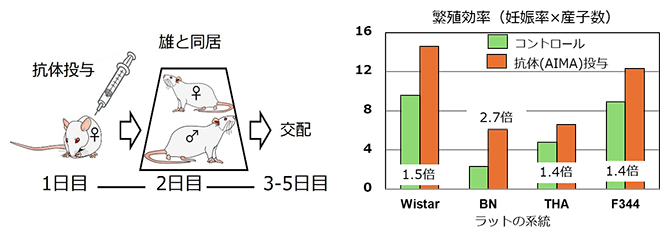2024-04-29 ペンシルベニア州立大学(PennState)
◆研究によれば、温暖で湿潤な夏が理想的な繁殖環境を提供している一方で、気温の上昇や降水パターンの変化が生存に不利な条件をもたらしています。また、夜間の人工照明がホタルの生態に悪影響を及ぼしていることも明らかにされています。この研究は、ホタル保護のための具体的な対策提案にもつながっています。
<関連情報>
- https://www.psu.edu/news/agricultural-sciences/story/firefly-populations-risk-due-climate-change-urban-development/
- https://www.sciencedirect.com/science/article/pii/S0048969724024720
市民科学データと機械学習モデルを用いてホタルの生息数のパターンを明らかにする Illuminating patterns of firefly abundance using citizen science data and machine learning models
Darin J. McNeil, Sarah C. Goslee, Melanie Kammerer, Sarah E. Lower, John F. Tooker, Christina M. Grozinger
Science of The Total Environment Available online:10 April 2024
DOI:https://doi.org/10.1016/j.scitotenv.2024.172329
Highlights
- Identifying factors driving declines in insects is critical for their conservation.
- We used citizen science data on fireflies to study a suite of ecological patterns.
- Firefly abundance was driven by soil conditions, climate/weather, and land cover.
- Stressors appeared to be context-specific with respect to habitat and climate.
- Climactic patterns indicated that firefly populations will be influenced by climate change.
Abstract
As insect populations decline in many regions, conservation biologists are increasingly tasked with identifying factors that threaten insect species and developing effective strategies for their conservation. One insect group of global conservation concern are fireflies (Coleoptera: Lampyridae). Although quantitative data on firefly populations are lacking for most species, anecdotal reports suggest that some firefly populations have declined in recent decades. Researchers have hypothesized that North American firefly populations are most threatened by habitat loss, pesticide use, and light pollution, but the importance of these factors in shaping firefly populations has not been rigorously examined at broad spatial scales. Using data from >24,000 surveys (spanning 2008–16) from the citizen science program Firefly Watch, we trained machine learning models to evaluate the relative importance of a variety of factors on bioluminescent firefly populations: pesticides, artificial lights at night, land cover, soil/topography, short-term weather, and long-term climate. Our analyses revealed that firefly abundance was driven by complex interactions among soil conditions (e.g., percent sand composition), climate/weather (e.g., growing degree days), and land cover characteristics (e.g., percent agriculture and impervious cover). Given the significant impact that climactic and weather conditions have on firefly abundance, there is a strong likelihood that firefly populations will be influenced by climate change, with some regions becoming higher quality and supporting larger firefly populations, and others potentially losing populations altogether. Collectively, our results support hypotheses related to factors threatening firefly populations, especially habitat loss, and suggest that climate change may pose a greater threat than appreciated in previous assessments. Thus, future conservation of North American firefly populations will depend upon 1) consistent and continued monitoring of populations via programs like Firefly Watch, 2) efforts to mitigate the impacts of climate change, and 3) insect-friendly conservation practices.
Graphical abstract



